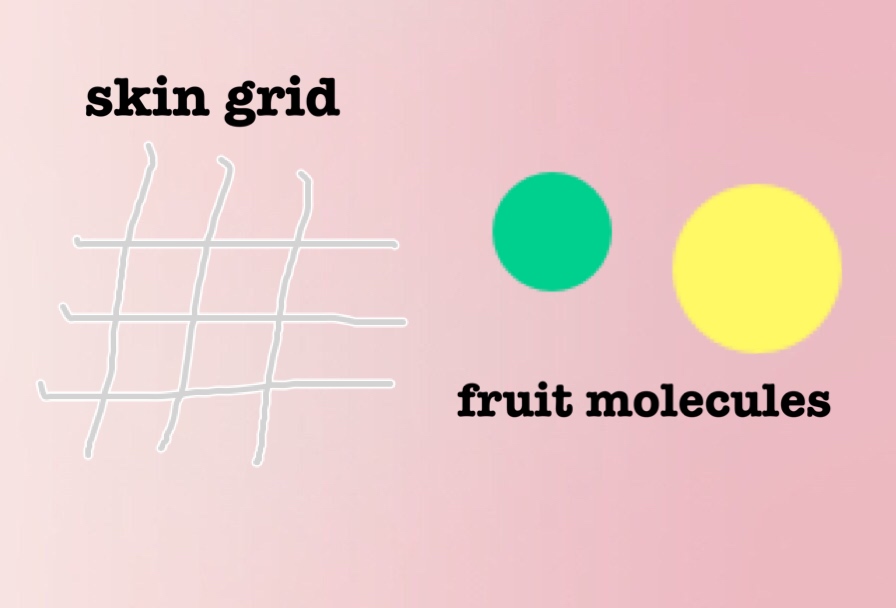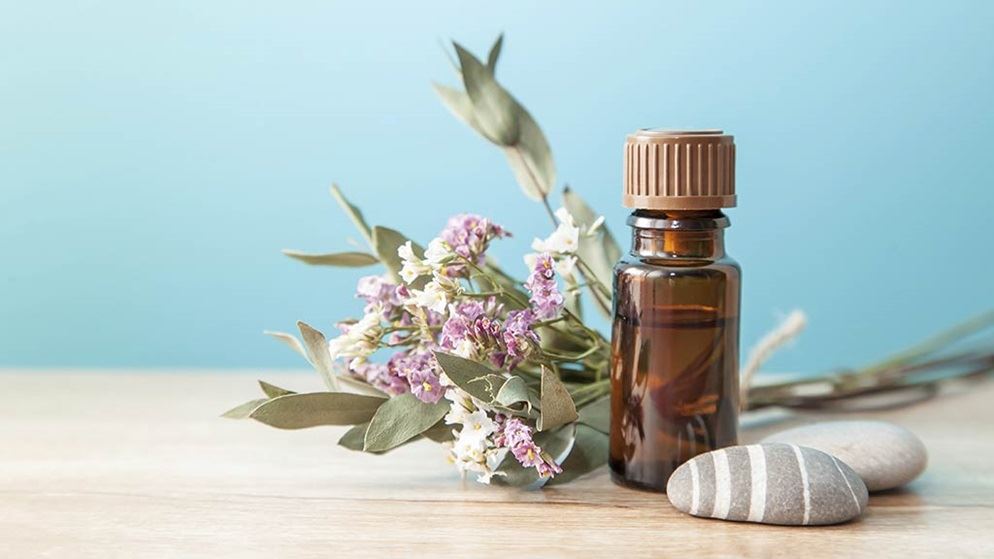Sometimes here and there you can see headlines “Go organic! Artificial is rubbish!” and so on. But… what is exactly “artificial” means? Let’s try to find out.
As we all know from school science course, everything that surrounds us is built of molecules. Molecules hence are built of atoms. All that particles are grouped into chemical elements like helium, oxygen etc.
In that case, ALL cosmetics – organic, non-organic – actually ARE chemical. And, for good reasons, EVERYTHING around us is chemical.
Well… if everything is chemical and, following this logic, is all the same, why does humanity produce cosmetics and doesn’t just use raw leaves, plants and so on to cure skin troubles? Actually, it’s nearly the same reason, why people use medicines to cure illnesses and don’t use dirt to help themselves with headaches (still, there are some persons who act like that).

Imagine your skin, if zoom it really-really close, like lattice or grid. Then imagine raw lemon or kiwi juice, rich with vitamin C, which you up to spread all over the skin, (again under the zoom) like group of yellow or green balls. So, the point of this sketch is to show you, what is really happening when using raw products: molecules of lemon/kiwi are too big to penetrate the skin’s grid. And, frankly speaking, these molecules just lying all over the skin and evaporating, never penetrating the skin and never enriching it with useful elements. Moreover, vitamin C would’ve been destroyed by oxygen the second it contacted the air. As you can see, there is no reason to use raw products.

Does it mean that lemons and kiwi are useless? No, it doesn’t. After laboratory manipulations kiwi and lemon juices were converted into citric acid with, as if to say, “smaller” molecules. Remember our example with grid and balls? Now these molecule “balls” are small enough to penetrate the “grid” and to deliver all useful vitamins.
Does this example concern all products in the world? Yes. Almost.
There are lots of different oils in the world which we’d better use raw to treat our skin and hair. For instance, coconut or jojoba oil. All oils make a membrane or a barrier on our skin which prevent water evaporating from the skin. In other words, oils moisturize our skin by keeping water under its oil-layer.
(Tip: take three-four drops and warm them between your hands. Then apply it to your face after using serum or other moisturizer. Why to do so: as we said, oils make a water-saving membrane. This membrane would allow your skin to absorb all of the moisturizing product instead of losing half of it to the air.)

There is also a great ingredient which only needs to be clean and dry – not serious manipulations, right? This ingredient is clay.
Whatever color it has all types of clay influence on your skin the same way – they clean your skin. It absorbs excess of sebum and, after pilling, unclog your pores. As you could see, this ingredient is somewhere in between raw fruits/vegetables/minerals and oils.
To sum it all up, our first point is that cosmetics pharmacy exists not only to suck money out of our pockets. It is also about improving our skincare and making it more effective. The second point is that food – fruits and vegetables are definitely food – are basically useless to your skin and their place is in the fridge.
If somehow your argument contains information like “My aunt Mary uses onion masks and her skin is baby-like” you should wait for our next column about skin types
AUTHOR || Apollinaria MOST